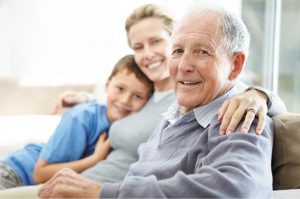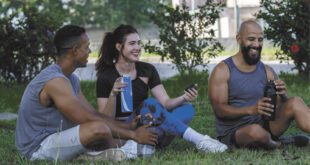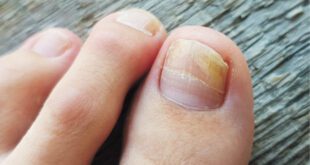 June is Home Safety Month, an annual observance highlighting the importance of creating safe living environments. For assisted living communities, fall prevention should be a top priority during this month and throughout the year. Falls pose a significant risk to the health and well-being of residents, and implementing effective strategies can help mitigate these dangers.
June is Home Safety Month, an annual observance highlighting the importance of creating safe living environments. For assisted living communities, fall prevention should be a top priority during this month and throughout the year. Falls pose a significant risk to the health and well-being of residents, and implementing effective strategies can help mitigate these dangers.
The Prevalence of Falls in Assisted Living Facilities
Falls are a leading cause of injury and hospitalization among older adults, and the risk is even higher for those residing in assisted living communities. According to the Centers for Disease Control and Prevention (CDC), one in four older adults falls each year, and one out of five falls results in a serious injury, such as a broken bone or a head injury.
In assisted living facilities, where residents may have mobility issues, cognitive impairments, or other health conditions, the risk of falls is amplified. Factors like medication side effects, environmental hazards, and lack of assistive devices can contribute to an increased likelihood of falls.
The Consequences of Falls
Falls can have devastating consequences for assisted living residents. Physical injuries, such as fractures, head trauma, and soft tissue injuries, are common outcomes of falls. These injuries can lead to prolonged hospitalizations, increased medical costs, and a decreased quality of life.
Beyond physical harm, falls can also have psychological impacts, including fear of falling, loss of independence, and decreased social engagement. Residents who have experienced a fall may become hesitant to participate in activities or move freely within the facility, leading to further declines in physical and mental well-being.
Strategies for Fall Prevention in Assisted Living Communities
Assisted living communities can implement various strategies to reduce the risk of falls and promote a safer living environment for residents. These strategies should be comprehensive and address multiple risk factors.
1. Environmental Modifications:
. Ensure adequate lighting in common areas, hallways, and resident rooms
. Install grab bars and non-slip surfaces in bathrooms and showers
. Remove clutter and tripping hazards from walkways
. Provide sturdy handrails along corridors and stairways
2. Assistive Devices and Equipment:
. Provide appropriate mobility aids, such as walkers, canes, or wheelchairs
. Ensure proper fitting and maintenance of assistive devices
. Utilize fall detection systems or personal emergency response systems
3. Exercise and Physical Activity Programs:
. Implement supervised exercise programs to improve strength, balance, and coordination
. Encourage residents to participate in appropriate physical activities
. Provide access to physical therapy and rehabilitation services
4. Medication Management:
. Regularly review and adjust medications to minimize side effects that increase fall risk
. Educate residents and staff about potential medication interactions and side effects
. Monitor for signs of dizziness, confusion, or drowsiness related to medications
5. Staff Training and Education:
. Provide comprehensive fall prevention training for all staff members
. Educate staff on recognizing and addressing potential fall hazards
. Encourage open communication between staff, residents, and family members
6. Resident and Family Engagement:
. Educate residents and their families about fall prevention strategies
. Encourage residents to report any concerns or hazards to staff
. Involve residents and families in developing personalized fall prevention plans
Collaboration and Continuous Improvement
Fall prevention in assisted living communities requires a collaborative effort involving residents, family members, staff, and healthcare professionals. Regular assessments, ongoing education, and continuous improvement of fall prevention strategies are essential to maintain a safe living environment.
By prioritizing fall prevention during Home Safety Month and throughout the year, assisted living communities can significantly reduce the risk of falls and promote the overall well-being of their residents.
Resources and Support
Numerous resources are available to assist assisted living communities in implementing effective fall prevention programs. The CDC’s STEADI (Stopping Elderly Accidents, Deaths, and Injuries) initiative provides tools and resources for healthcare providers, including educational materials, assessment tools, and intervention strategies.
Additionally, organizations like the National Center for Assisted Living (NCAL) and the Assisted Living Federation of America (ALFA) offer guidance, best practices, and training opportunities for assisted living communities to enhance resident safety and quality of care.
By leveraging these resources and fostering a culture of safety, Advinia Care can create a secure and supportive environment where residents can thrive and maintain their independence while minimizing the risk of falls and associated injuries.
352-512-9191
www.adviniacare.com
4001 SW 33rd Court, Ocala, FL 34474
 Central Florida Health and Wellness Magazine Health and Wellness Articles of the Villages
Central Florida Health and Wellness Magazine Health and Wellness Articles of the Villages



